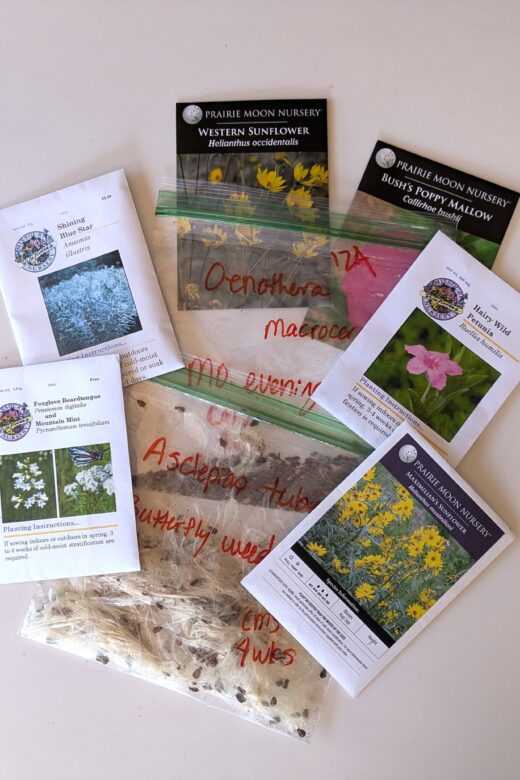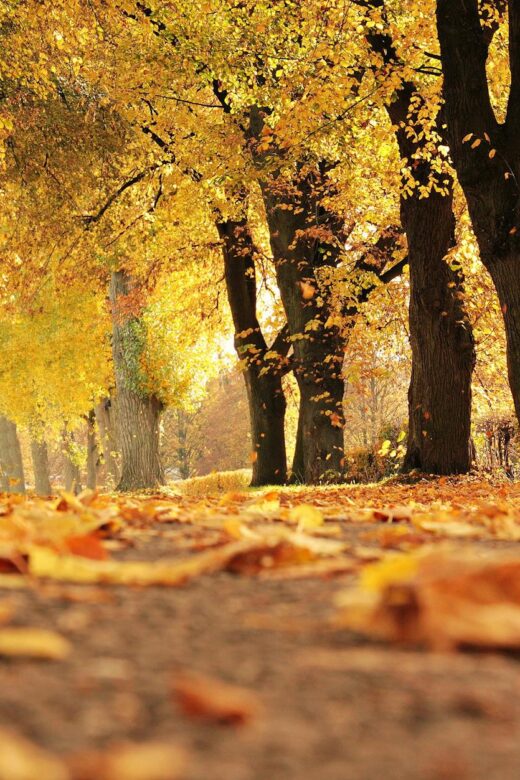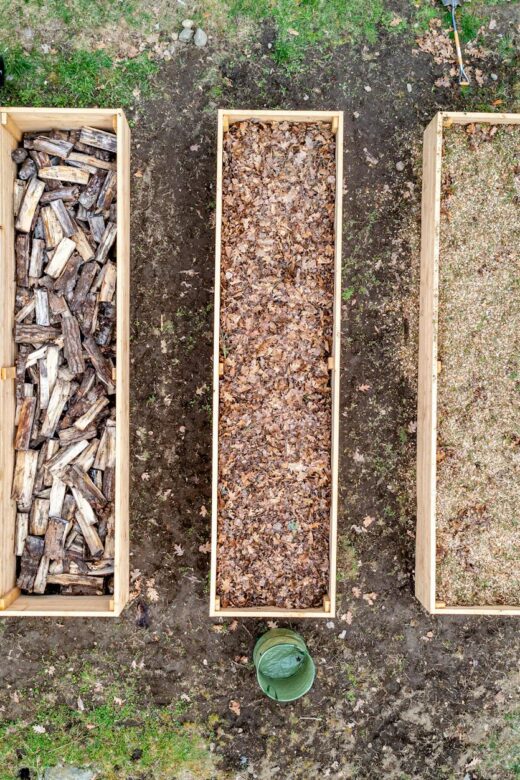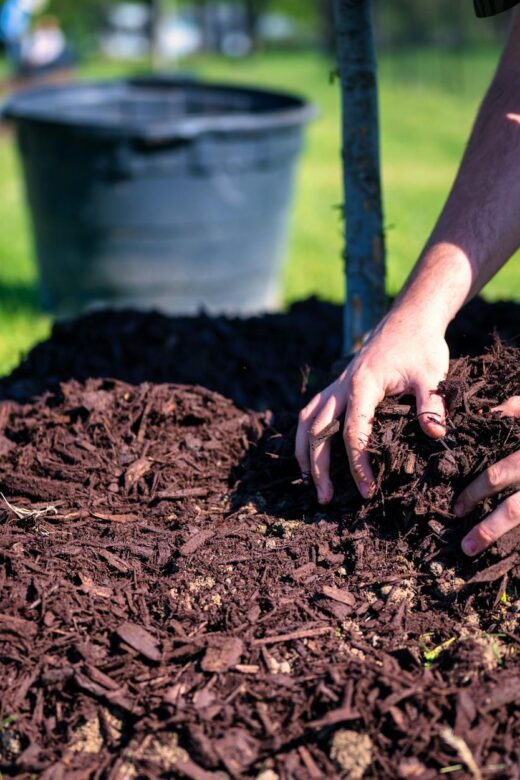Pollen to Petal
Native Landscape Design
We think creatively about your landscape
Transform your property into a thriving native ecosystem that supports local pollinators and requires less maintenance. We combine agricultural science, emerging tech, hardscaping trends, and artful imagination to design the ideal plan for your outdoor space.

“Right plant, right place, right time!“
Meet Pollen to Petal
We created Pollen to Petal in 2022 to combat the impacts of climate change on native ecosystems in our small slice of the Ozarks. We love teaching people how to reclaim their land, grow native, and build sustainable habitats for our local pollinators.
Our unique collection of talents allows us to view ecology from a different perspective. We continually evolve and expand our research on native design, pollinator habitats, soil knowledge, hardscaping, and much more!
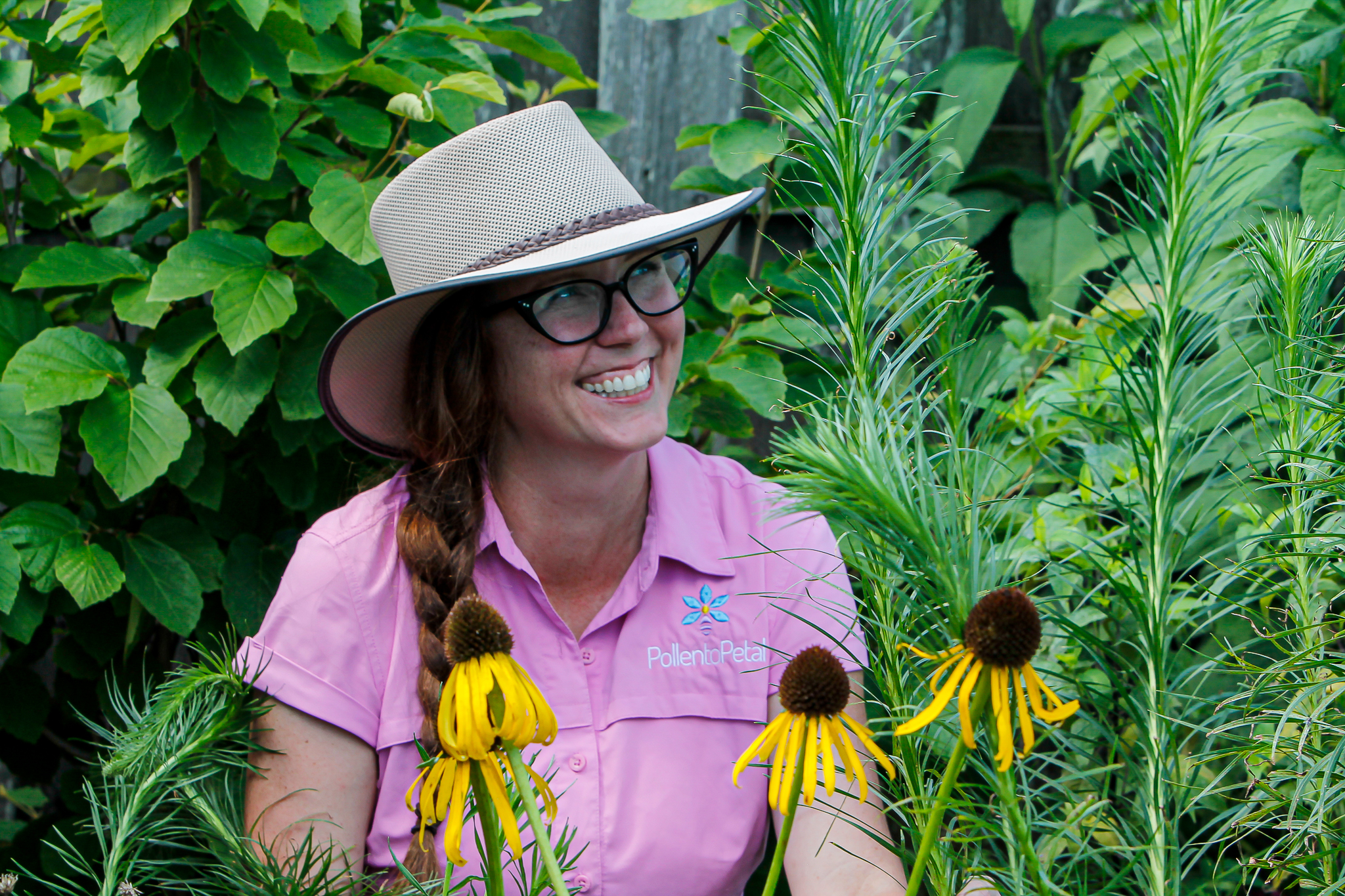
Sa’dia Luallen-Blattert
Owner, Designer
Expert in Ozarks flora, fauna, and keeper of the plants. Resident Design Consultant. Reclaiming your land from the mundane!
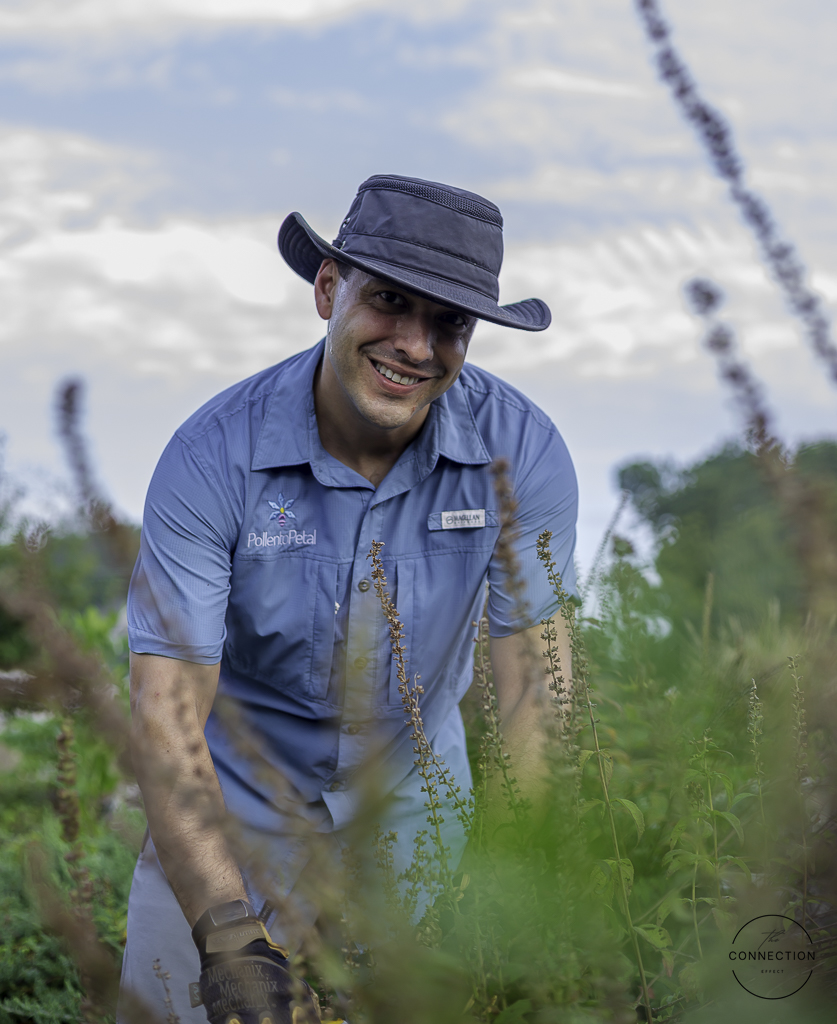
Drew Blattert
Owner, Grower
Grower, maker, and enthusiast of all things pollinator related. 3d printing sustainable systems to restore your native pollinator habitats.
How do I restore my landscape?
Our process developed by building relationships with our clients and their properties, allowing us to understand, analyze, and curate individualized gardens. Our designs focus on attracting and supporting native pollinator populations. Options include master plans for entire properties or partial plans focused on specific zones of interest.
Step 1 – Site Visit
Start the process by purchasing a site visit. We’ll meet to discuss your ideas, survey the property, and take soil samples. Site visit deliverables include an estimate for custom design services and soil test results, including interpretation.
Step 2 – Custom Design
Move to the design phase by purchasing custom design services. Design deliverables include an in-person presentation of hand-drafted scale planting plans, perspective sketches of installation areas, site condition analysis, a digital image reference gallery, and a detailed project estimate.
Step 3 – Installation & Support
Ready to make it real? Your installation is secured on our calendar once the contract is signed and the invoice is processed.
Why native landscaping?
Environmental Sustainability
Native plants are adapted to the local climate, soil, and wildlife, requiring less water, fertilizer, and maintenance than non-native plants. This promotes sustainable water management practices, saves you time and money in the long run, and helps reduce your carbon footprint.
Reduced Maintenance
Native plant materials are more accustomed to local stressors. They have more pest and disease resistance than introduced species. They typically require less pruning and their dense root systems outcompete weeds. Canopies also shade the soil to reduce weed germination.
Increased Biodiversity
Native plants provide habitat and food sources, attracting a diverse range of native wildlife such as birds, butterflies, and beneficial insects. By creating a habitat for these creatures, you can contribute to your local environment’s overall health and biodiversity. SAVE THE BEES!
Get in touch
We’ll beautify your space, increase pollinator activity, and reduce your time and resource commitments. Give us a shout so we can nerd-out on your native ideas.
Sowing Ideas blog
Get practical advice based on our own experiences with native ecology.
Restoring Lost Hill Park: A Conservation Effort Rooted in History
{3 minute read} A few weeks ago, I found myself hauling and stacking invasive brush alongside…
Continue Reading Restoring Lost Hill Park: A Conservation Effort Rooted in History
Native Seeds: How to Break Dormancy
{5 minute read} Starting a garden from seed is a fantastic way to enhance your gardening…
Challenge Your Idea of “Fall Garden Cleanup”
{3-minute read} Today, we’re sharing a few tips to prepare your property for cooler weather and…
Continue Reading Challenge Your Idea of “Fall Garden Cleanup”
Organic Wood Mulch: the real MVP
{5-minute read} In a previous post we discussed the environmental and personal health impacts of four…
Mulching Matters
Photo by RDNE Stock project on Pexels.com {4-minute read} Wood, rock, rubber, recycled, dyed… There are…

